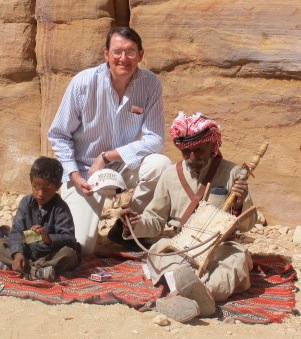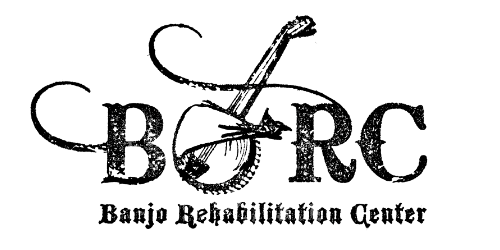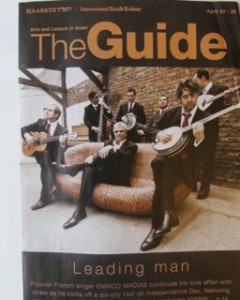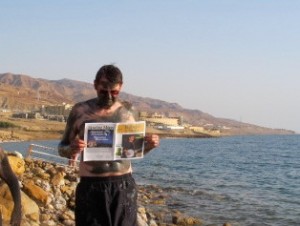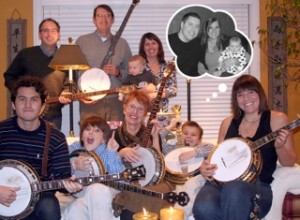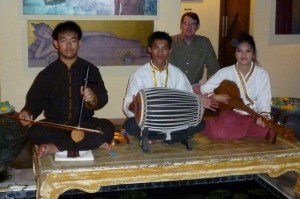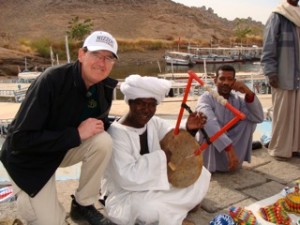In Petra, Jordan, the BRC founder listens to an Arabic musician play a spike fiddle called a rabab, rababah, or rbab. This banjo-like instrument is used to accompany poetry recitation and played with a horse hair bow. The Bedouin version, as seen here, has a rectangular sound chamber covered with a skin and a solitary horse hair string. Although quarter tones of Middle Eastern music are foreign to the Western ear, they are occasionally heard in the American blues genre when a guitarist “chokes” a string for a whining-crying effect or when a harmonica player “bends” a note.
